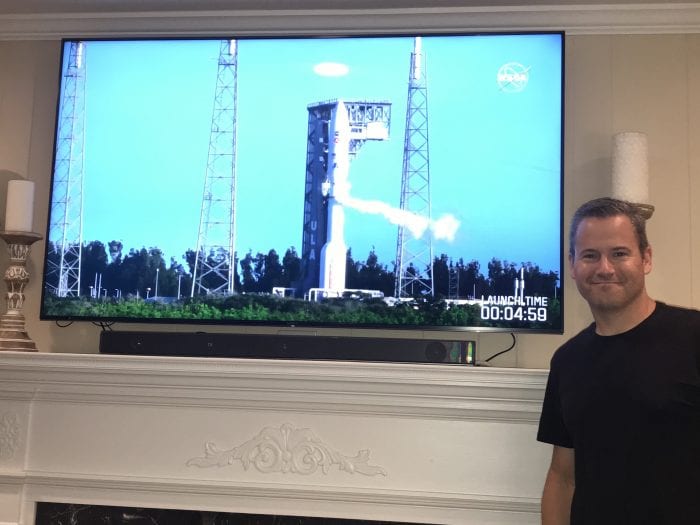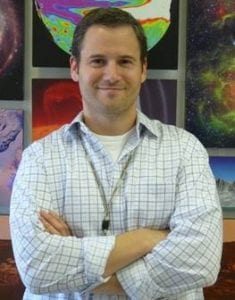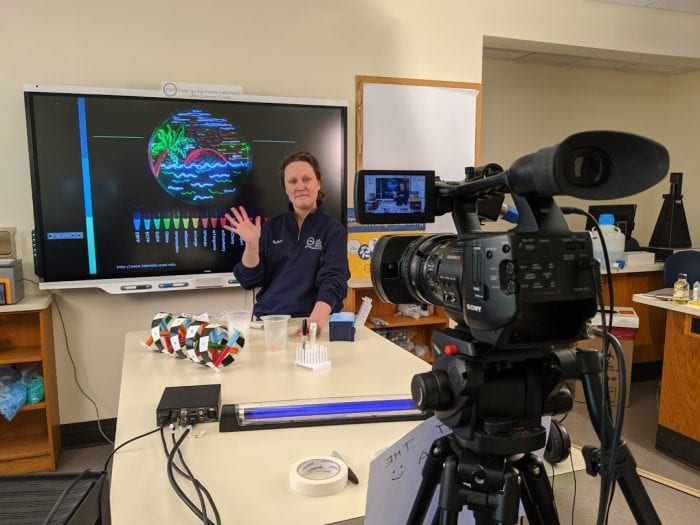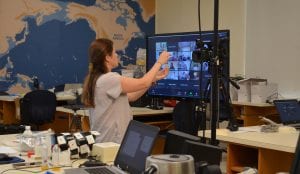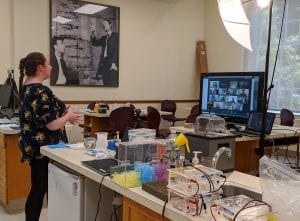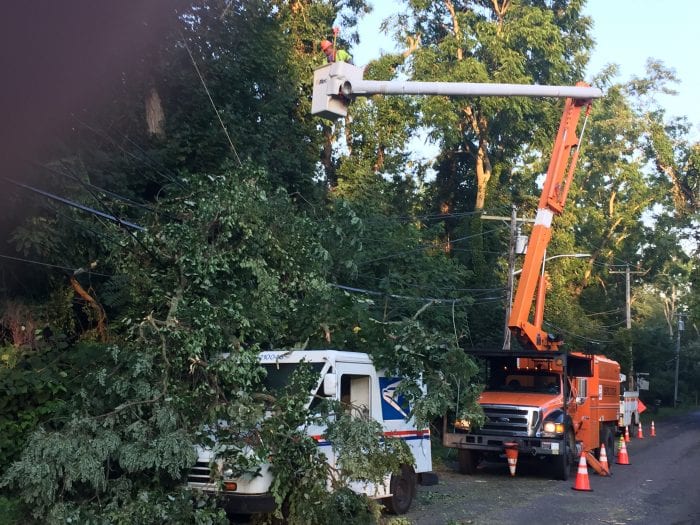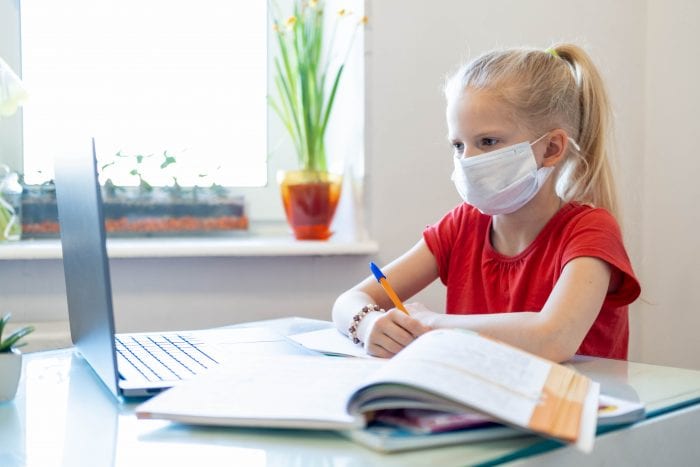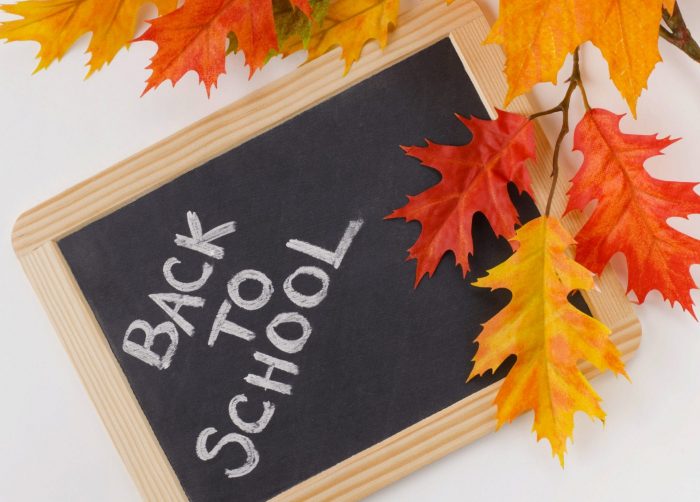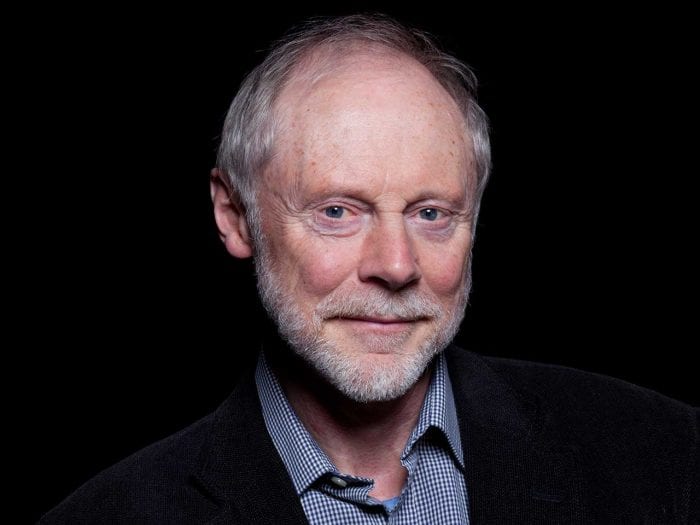By Daniel Dunaief

Next week, I invite you to the virtual and completely imaginary People’s National Convention, or PNC. It’s not a Democratic Convention or a Republican Convention. It’s just a fake gathering, virtually and invisibly, in which real people can stop worrying about partisan politics and enjoy the chance to live
each day.
Now, this PNC won’t nominate any one person, because, let’s face it, no singular person is capable of succeeding with the challenges that face our nation in this extraordinarily challenging year.
We’ll keep the speeches to a minimum because we don’t think people listen to most of what others say at these things anyway. Our first speaker will come up with a mask and will start by rolling her large and expressive eyes. She’ll try to convey, without using her mouth or her cheeks, which will be hidden behind her mask, a wide range of emotions. In fact, we might have a “guess-her-expression” game and the person who wins will receive absolutely nothing in the mail.
After that, we’ll launch into a rage presentation. Our speaker will bark, growl, throw himself around the room and urge you, with his arm motions, to get off your sofa and join him. He’ll work his way up to a fevered snarl and then he’ll bang his fists so hard against the TV set that he’ll shatter the screen. You’ll see the cracks on the TV, but don’t worry, the cracks and the blood — we won’t use real blood — are all on the PNC end. Your TV is fine. At the end of his speech, he’ll take a 2020 sign, or one of those 2020 New Year’s glasses with the holes for the eyes in the zeroes, put them on the floor and stomp on them.
After our rage speaker, we’ll have a fear speaker. He, too, won’t use words. He’ll move from left to right, then right to left and then, you guessed it, left to right again, on your screen, afraid of something over his shoulder. He might see a shadow. He’ll be frightened because, as the other conventions suggested, we must feel the need to fear something. He’ll run towards the letters PNC and will smile with relief, knowing that the PNC will protect him.
To offset this potentially overwhelming programming, we’ll offer a counterbalance of kids and pets accompanied by light-hearted music on a harpsichord. We call this portion of the programming the “Awwwww” segment. We’ll show images of toddlers laughing, baby bunnies hopping around a flower-strewn meadow and dolphins cutting in and out of the surface of the water.
We’ll have the icon room, where you can stand up, or not, as you see fit when you see the images. We’ll start with the Statue of Liberty and Ellis Island, where the ancestors of so many modern Americans arrived. We’ll add the Grand Canyon, the California coastline, Yellowstone National Park and Niagara Falls.
Then, we’ll have people trip and fall and try to juggle cell phones ineffectively. When the phones land, their screens, which might or might not have images of familiar faces, will crack. Will the entire segment be funny? Not necessarily. No one is always funny, but they promise to try because laughter might be our best medicine.
We’ll have a few actual speakers who use words, who tell inspirational stories about triumph over impossible odds. We’ll talk about people who were told many times that they couldn’t do something, until they went out and did it.
At the conclusion of the PNC, we’ll celebrate our friends and neighbors and the people who enhance every day and we’ll promise each other we’ll be better to them, and to ourselves.


